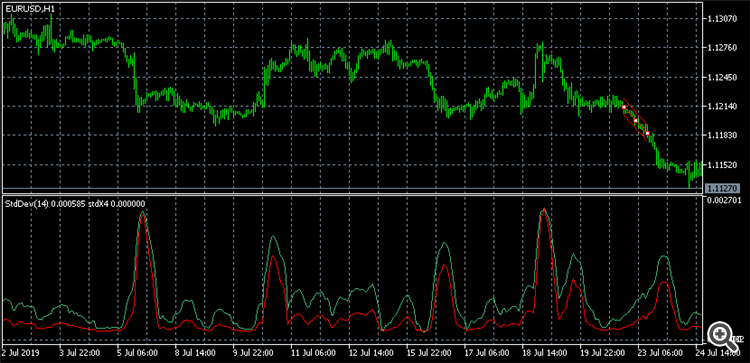You are missing trading opportunities:
- Free trading apps
- Over 8,000 signals for copying
- Economic news for exploring financial markets
Registration
Log in
You agree to website policy and terms of use
If you do not have an account, please register
h ttps://purecodecpp.com/archives/2756
I'll give it a try.
Here's
Here's the calculation:
Not an accelerated algorithm to check the formula. Maybe I did something wrong?
Not with you betting. 2.days of silence, please.
Drinking's bad for you. Sorry. I was here first. ))
Google "Moving Standard Deviation"
https://www.johndcook.com/blog/standard_deviation/
Here's
Here's the calculation:
Not an accelerated algorithm to check the formula. Maybe you did something wrong?
You don't take into account the arrival of new data and the need to delete old data (out of the window).
Nikolai does. see the code below your message.
So... my final message.
Tell Yuri to message me in person where to deliver it, or buy a certificate, or whatever.
Be seeing you. I'll be back in a month.
it's not healthy to drink. Sorry. I was the first. ))
So... my final message.
Tell Yuri to message me in person where to deliver it, or buy a certificate, or whatever.
Be seeing you. I'll be back in a month.